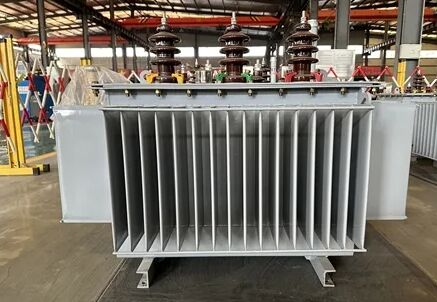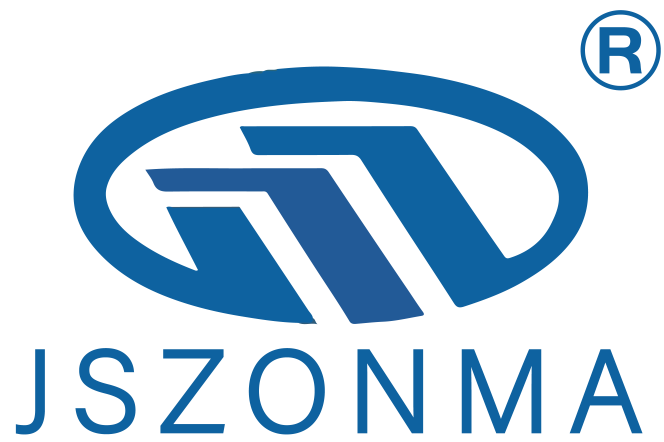Understanding Modern Distribution Transformer Technology
The electrical power industry continues to evolve rapidly, and at its heart lies the crucial distribution transformer. These vital components serve as the backbone of our power distribution networks, efficiently converting high-voltage electricity from transmission lines into lower voltages suitable for homes, businesses, and industrial facilities. As we approach 2025, the technology behind distribution transformers has advanced significantly, incorporating smart features and improved efficiency standards that shape the future of power distribution.
Distribution transformers play an essential role in the final leg of power delivery, ensuring that electricity reaches end-users at the correct voltage levels while maintaining system reliability and efficiency. With global energy demands rising and the integration of renewable energy sources becoming more prevalent, understanding these transformers' types, applications, and latest innovations is crucial for industry professionals and stakeholders.
Core Distribution Transformer Categories
Oil-Filled Distribution Transformers
Oil-filled distribution transformers remain the most widely used type in power distribution networks. These transformers utilize mineral oil or natural ester fluids as both a coolant and insulating medium. The liquid helps dissipate heat generated during operation and provides excellent electrical insulation properties. Modern oil-filled units incorporate advanced features such as temperature monitoring systems and pressure relief devices to enhance safety and reliability.
Recent developments in bio-based insulating fluids have made these transformers more environmentally friendly. Natural ester fluids, derived from renewable resources, offer improved fire safety characteristics and biodegradability compared to traditional mineral oils. This innovation has made oil-filled distribution transformers particularly suitable for indoor installations and environmentally sensitive areas.
Dry-Type Distribution Transformers
Dry-type distribution transformers are engineered for installations where fire safety and environmental concerns are paramount. These units use air or epoxy resin for insulation instead of oil, making them ideal for indoor applications in commercial buildings, hospitals, and industrial facilities. The absence of liquid insulation eliminates the risk of oil leaks and reduces maintenance requirements.
Advanced casting techniques and materials have significantly improved the performance of dry-type transformers. Modern units feature enhanced cooling systems, better partial discharge resistance, and improved thermal management capabilities. These improvements have expanded their application range and made them increasingly competitive with oil-filled alternatives in many scenarios.

Advanced Features and Technologies
Smart Monitoring Systems
The integration of smart monitoring capabilities has revolutionized distribution transformer management. Modern units come equipped with sensors and communication modules that provide real-time data on various operational parameters. These include load conditions, temperature profiles, oil quality (in oil-filled units), and overall performance metrics. This continuous monitoring enables predictive maintenance strategies and helps prevent unexpected failures.
Advanced analytics platforms process the collected data to identify potential issues before they become critical problems. Machine learning algorithms can predict maintenance requirements and optimize transformer loading patterns, ultimately extending equipment life and improving reliability. The implementation of these smart features represents a significant step toward the realization of truly intelligent power distribution networks.
Efficiency Improvements
Recent technological advancements have led to remarkable improvements in distribution transformer efficiency. Core materials now incorporate advanced silicon steel grades and amorphous metals that significantly reduce core losses. Enhanced winding designs and improved insulation systems have also contributed to reduced copper losses and better overall performance.
The push for greater efficiency has been driven by both environmental concerns and economic factors. Modern distribution transformers can achieve efficiency ratings exceeding 99%, representing a significant improvement over older models. These efficiency gains translate into substantial energy savings and reduced operating costs over the transformer's lifetime.
Specialized Applications and Configurations
Renewable Energy Integration
The rapid growth of renewable energy installations has created new demands for specialized distribution transformers. These units must handle variable loads and bidirectional power flow associated with solar and wind energy systems. Modern transformers designed for renewable energy applications feature enhanced voltage regulation capabilities and can manage the intermittent nature of renewable power generation.
Special consideration is given to harmonics management and thermal performance under varying load conditions. Advanced cooling systems and robust insulation designs ensure reliable operation even under challenging environmental conditions typical of renewable energy installations.
Urban Installation Solutions
Urban environments present unique challenges for distribution transformer installations. Space constraints and safety requirements have led to the development of compact, low-profile transformer designs. These units often incorporate special features such as reduced noise emissions, enhanced fire safety measures, and aesthetic considerations to blend with urban architecture.
Underground installation options have become increasingly sophisticated, with innovative cooling solutions and maintenance access features. These developments allow for efficient power distribution in densely populated areas while minimizing visual impact and maximizing land use efficiency.
Future Trends and Developments
Digital Twin Technology
The implementation of digital twin technology represents the next frontier in distribution transformer management. These virtual replicas of physical transformers enable advanced simulation and optimization capabilities. Operators can test different scenarios and predict equipment behavior under various conditions, leading to improved decision-making and operational efficiency.
Digital twins also facilitate better asset management strategies by providing detailed insights into transformer performance and aging patterns. This technology is expected to become increasingly important as power networks become more complex and demanding.
Sustainable Manufacturing Practices
The focus on sustainability has led to significant changes in distribution transformer manufacturing processes. Manufacturers are adopting eco-friendly materials and production methods to reduce environmental impact. Recycling programs for end-of-life transformers have become more sophisticated, recovering valuable materials and reducing waste.
New designs emphasize the use of biodegradable materials and components that can be easily recycled or repurposed. These developments align with global sustainability goals while maintaining high performance and reliability standards.
Frequently Asked Questions
What is the typical lifespan of a modern distribution transformer?
Modern distribution transformers are designed to operate reliably for 20-30 years under normal conditions. However, with proper maintenance and monitoring, many units can exceed this expected lifespan. Smart monitoring systems and preventive maintenance practices can significantly extend operational life while maintaining optimal performance.
How do smart distribution transformers differ from conventional units?
Smart distribution transformers incorporate advanced monitoring sensors, communication capabilities, and automated control systems. These features enable real-time performance tracking, predictive maintenance, and remote operation capabilities. Unlike conventional units, smart transformers can adapt to changing load conditions and provide valuable data for network optimization.
What factors influence distribution transformer efficiency?
Several key factors affect distribution transformer efficiency, including core material quality, winding design, insulation system, and operating conditions. Modern transformers use advanced materials like amorphous metals and improved winding configurations to minimize losses. Load patterns, ambient temperature, and maintenance practices also play crucial roles in maintaining optimal efficiency levels.

